If you live in a fire-prone area, experts say these are the 7 potentially devastating firescaping mistakes to always avoid
It's vital to know about the potential pitfalls when planning your fire-smart landscaping
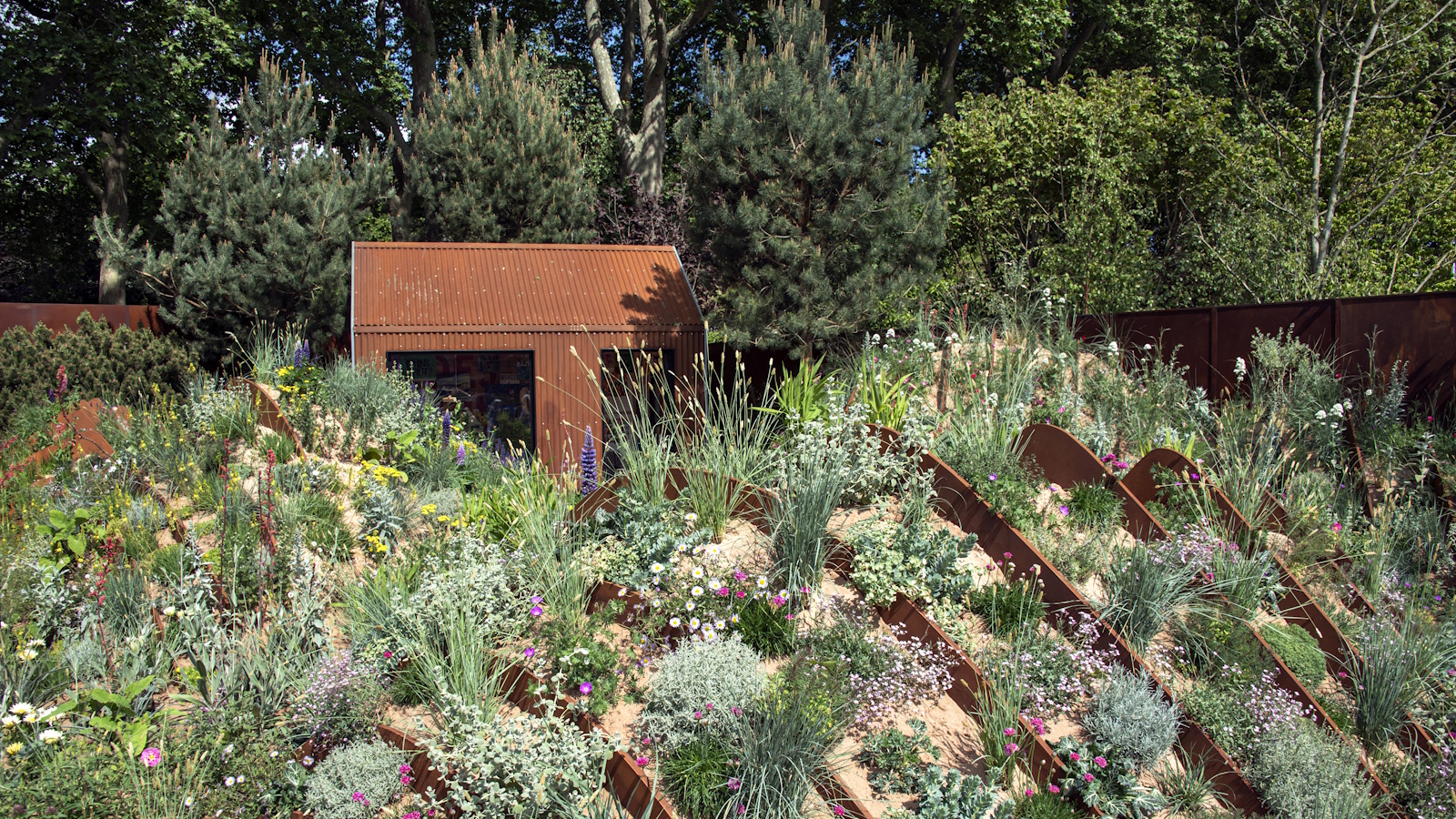

Fire is both a wonder and lethal danger. On the one hand you can argue that without fire, human civilization would not exist. And on the other, fire’s destructive power can take it all away.
When let loose in nature, fire has the power to destroy woodlands, kill wildlife and wipe out the human communities that surround them. Whether it starts as a backyard grilling mishap or as an intentional malevolent act, the devastation fires cause is heart breaking.
It’s possible to lessen a fire’s impact on personal property through the process of firescaping, or landscaping a home with fire prevention in mind. We spoke to individuals who have been advising on and researching the topic of fire-smart landscaping to gather tips on seven of the vital firescaping mistakes you should always know to avoid.
1. Not adhering to your zones
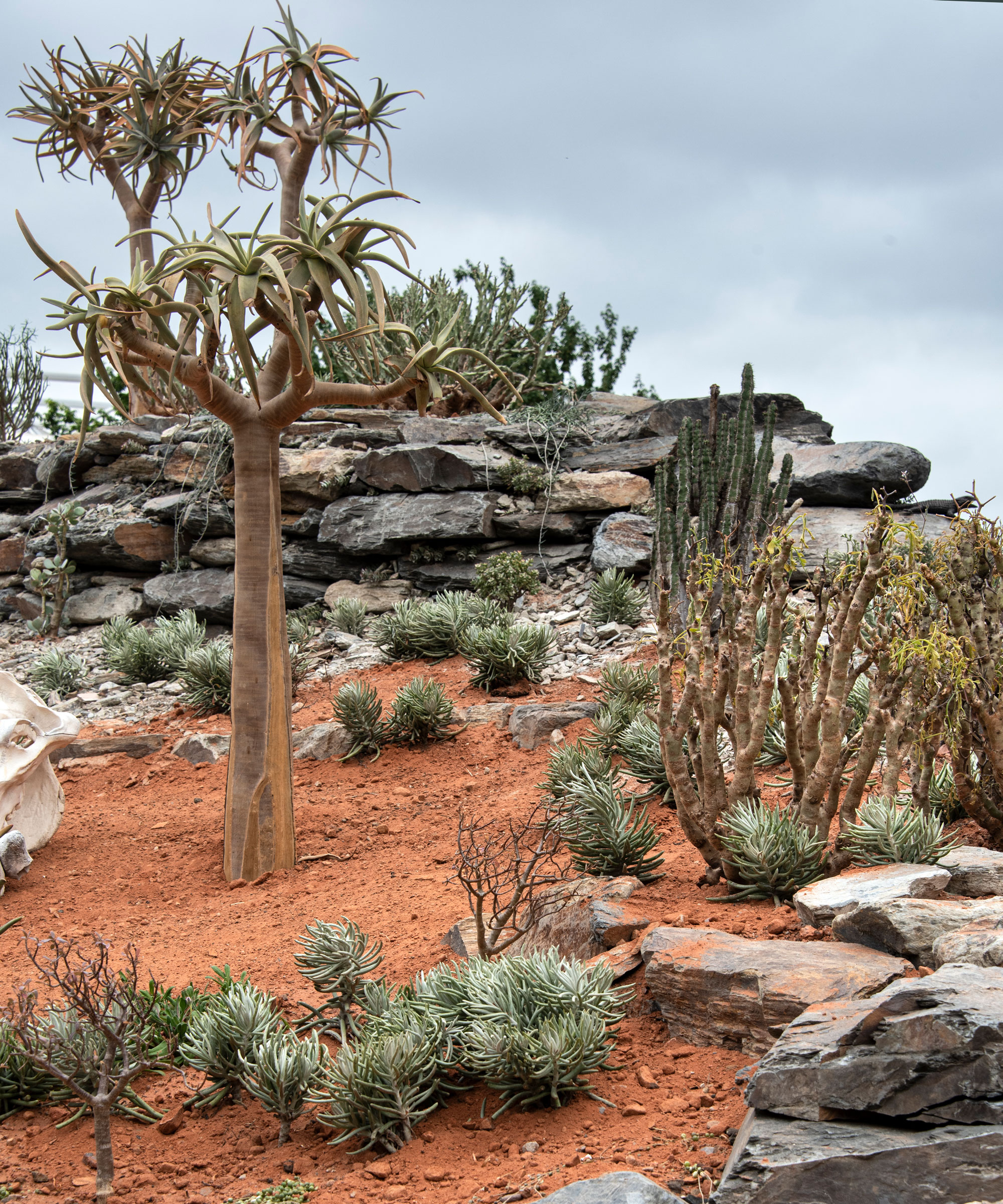
Landscaping around a home in a fire-prone region requires you to be planful about both what you plant and where you plant it.
Pat Munts, a retired Washington State University extension agent, used to consult with property owners about woody landscape plantings around their homes.
She would instruct them on the three zones that surround a building in concentric circles. Not knowing the zones and how the zones should be treated could lead to a home going up in flames during a fire event.
According to Munts, the zones are:
Design expertise in your inbox – from inspiring decorating ideas and beautiful celebrity homes to practical gardening advice and shopping round-ups.
Zone 1: From the foundation to 5 feet out
Zone 2: From 5 feet to 30 feet
Zone 3: From 30 feet outward
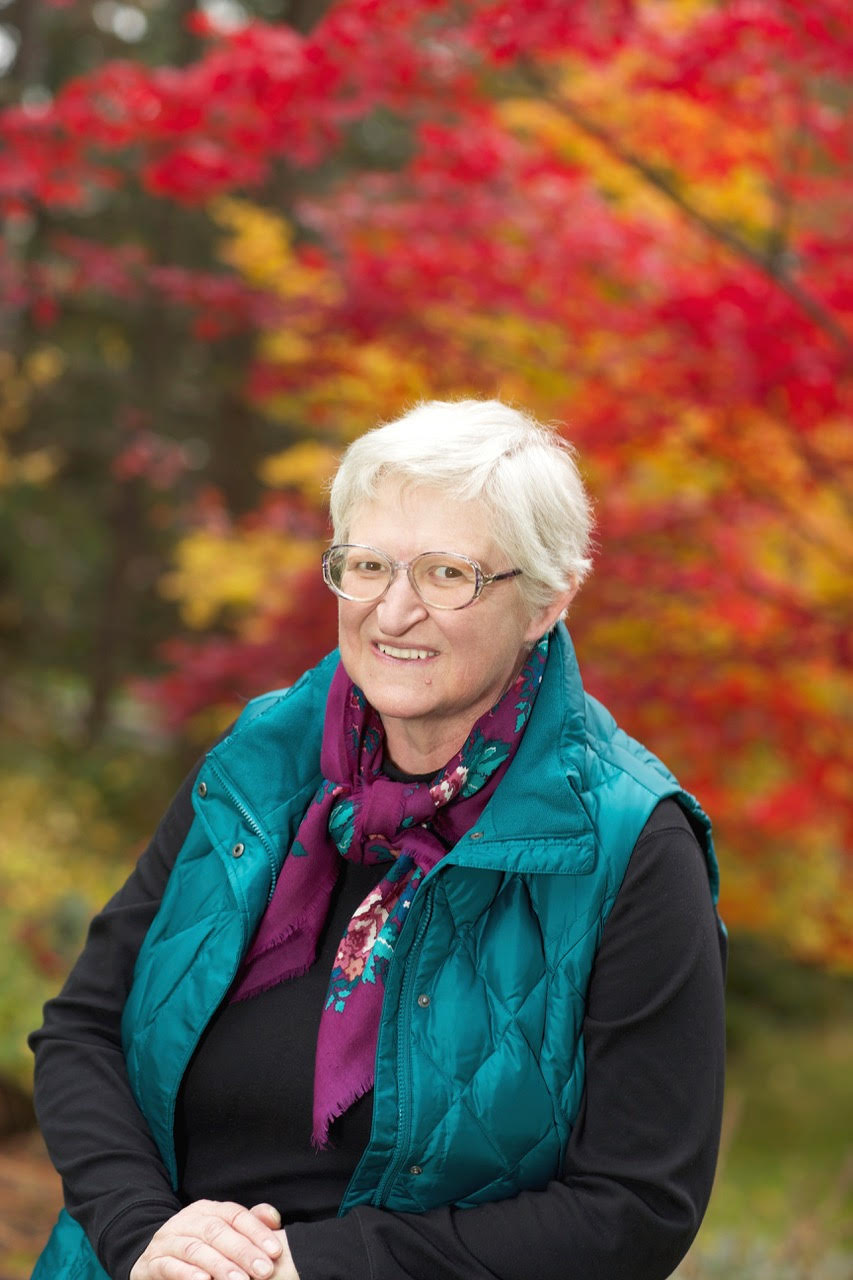
Pat Munts has lived in the Wildland-Urban Interface around Spokane, Washington, since 1976 and writes about gardening and natural history in the Inland Northwest where summers are hot and dry, and wildfires are always a looming threat. Pat retired from Washington State University Spokane County Extension after 15 years as the small farms and urban agriculture coordinator. Her work included advising landowners on wildfire hazards on their properties. As Pat Munts Garden Coach, she offers landscape consulting to help home and landowners set their landscaping priorities and review their gardening practices. Pat knows the practicalities of preparing for wildfire and has been run out of her home by both the 1991 Firestorm and the 2008 Valleyview fires.
2. Equating drought tolerant with fireproof
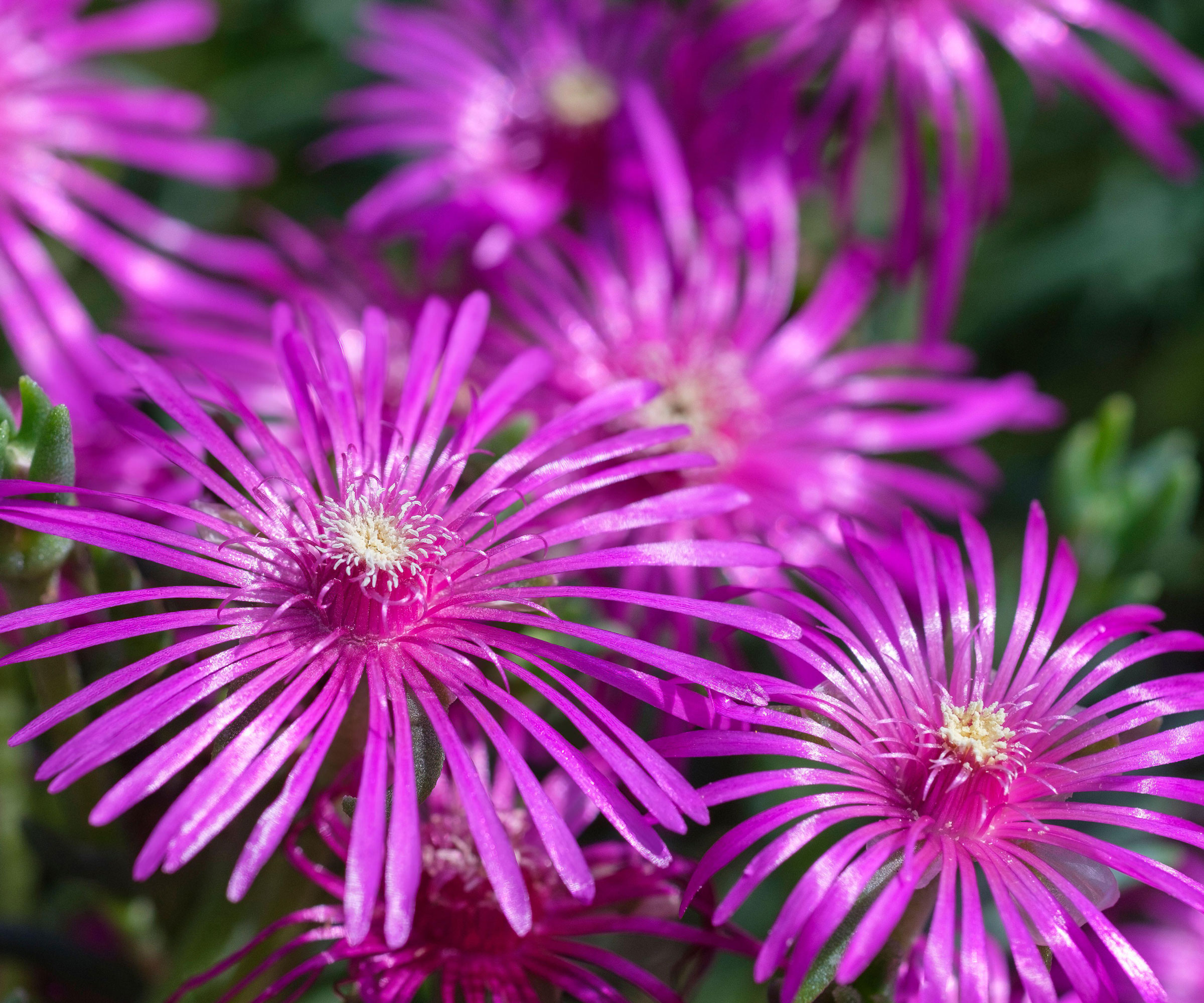
Wendy Komancheck, a writer who specializes in landscaping topics, reminds us that there is no such thing as a fireproof plant.
‘You can have a well-hydrated plant, but it's just going to sizzle rather than contribute fuel to the fire,’ she said. If you’re lucky, that is.
One example is ice plants (Delosperma sp.). These drought-tolerant plants are used frequently in California, both along highways and in home landscapes.
However, the plant grows upward in layers, with the lower layers turning to dry leaves. These common plants, Wendy says, can contribute dry fuel to fire.

Since 2013, Wendy Komancheck has provided website content, blogs, landing pages, web copy, and other content marketing to lawn care, landscape, and garden design companies. Komancheck has written articles and business profiles for many green industry trade magazines. You can learn more about her writing services at The Landscape Writer.
3. Tall plants in Zone 1
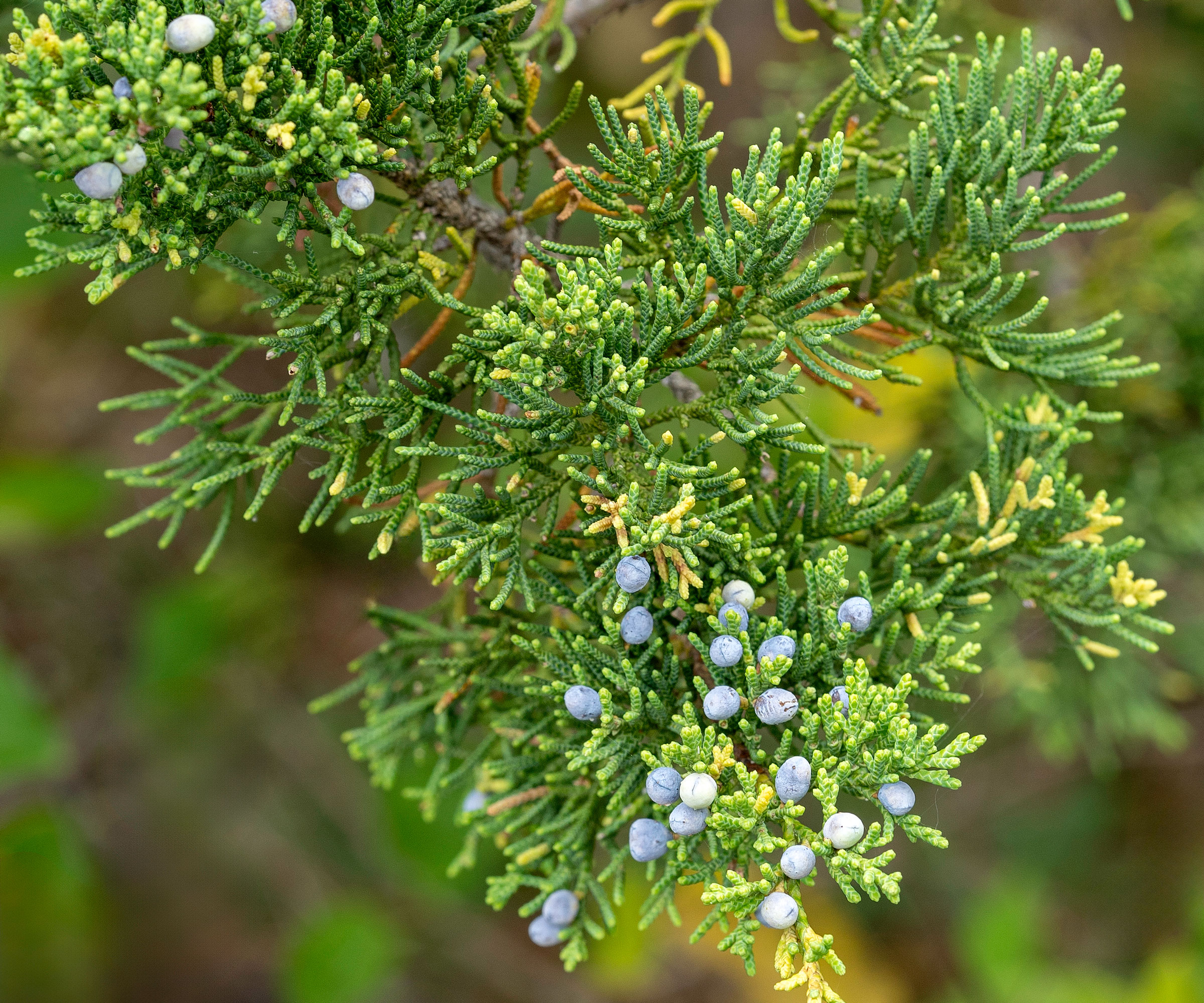
A common landscaping technique in most of the country is to install foundation plantings of evergreens such as yew, arborvitae, boxwood and other evergreens. For regions where fires are common, ‘Do not plant evergreens right up against your house,’ Pat says.
‘That's probably the biggest issue out there. Anything that that has oils in it (and most evergreens do) can catch fire easily and those are just no-nos.’
That foundation area is within Zone 1. ‘They recommend not planting anything that is more than about maybe 3 inches tall within Zone 1,’ Munts says.
‘What’s even better is to put some non-flammable mulch down, and that means rock, that means pavers.’ But it does not mean bark mulch. ‘They don't recommend putting bark mulch in that 5-foot zone,’ Munts says, ‘because it can catch an ember and start it on fire.’
4. Linear planting beds in Zone 2
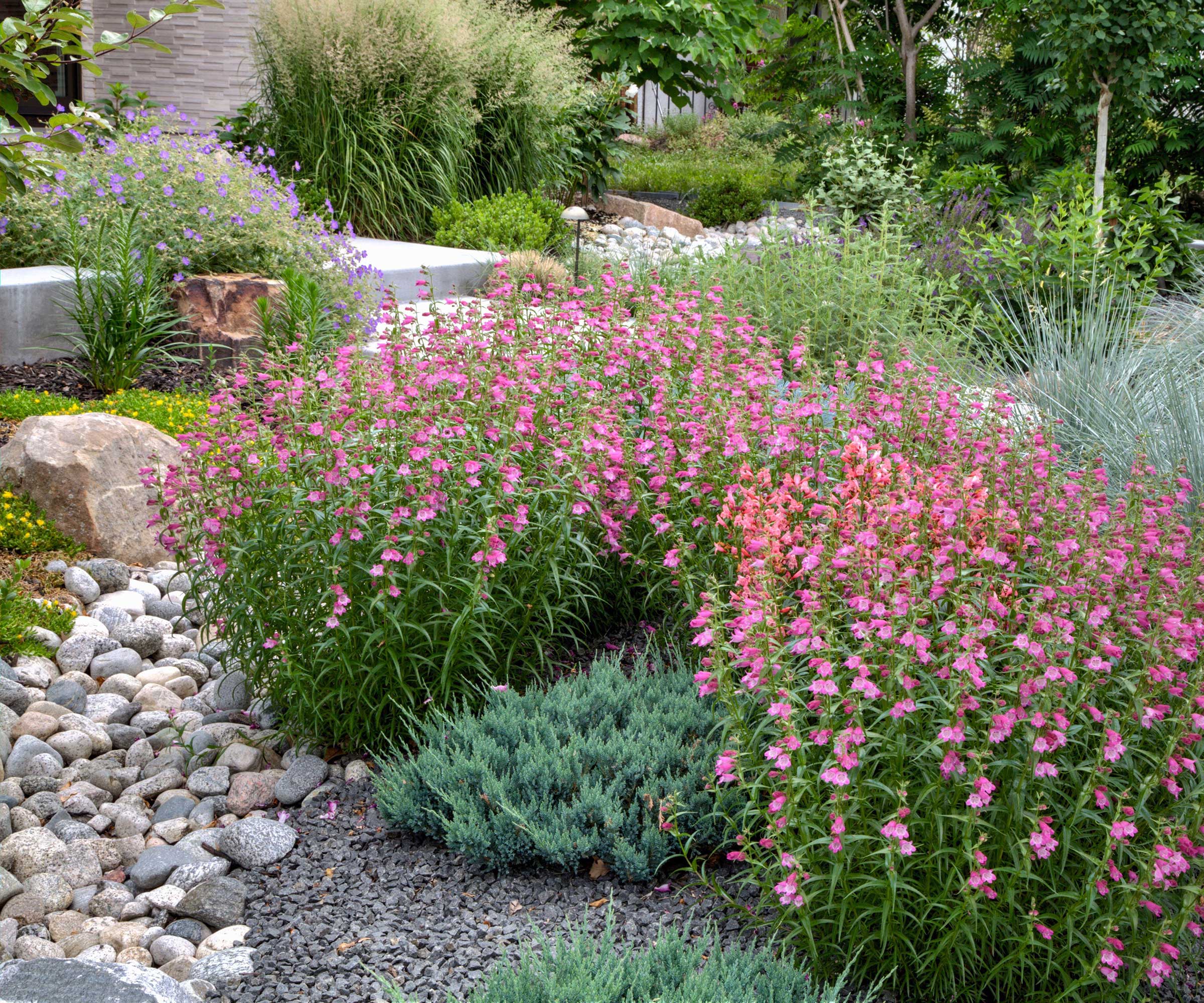
With the first 5 ft. around the home essentially empty, Zone 2 is where a homeowner can start planting. However, watch how the planting beds take shape.
‘In that second zone you can start planting some taller shrubs,’ Munts says, ‘but plant them in in not in one long bed, but in scattered pockets of beds, so that there's some distance between the shrubs, the groups of shrubs and the house itself.’
Munts explains that by planting in groups rather than in a long row, it acts as a fire break. ‘If fire gets into one of those beds, it doesn't spread as easily to the next.’
Munts recommends planting some low-growing evergreens in this Zone 2, but she suggests avoiding twiggy shrubs.
‘Shrubs that produce a lot of twigs and debris are probably not a good idea until you get out beyond that second tier,’ she says. Munts says supple shrubs, ground covers and perennials can go in that second zone.
5. Not limbing trees in Zone 3
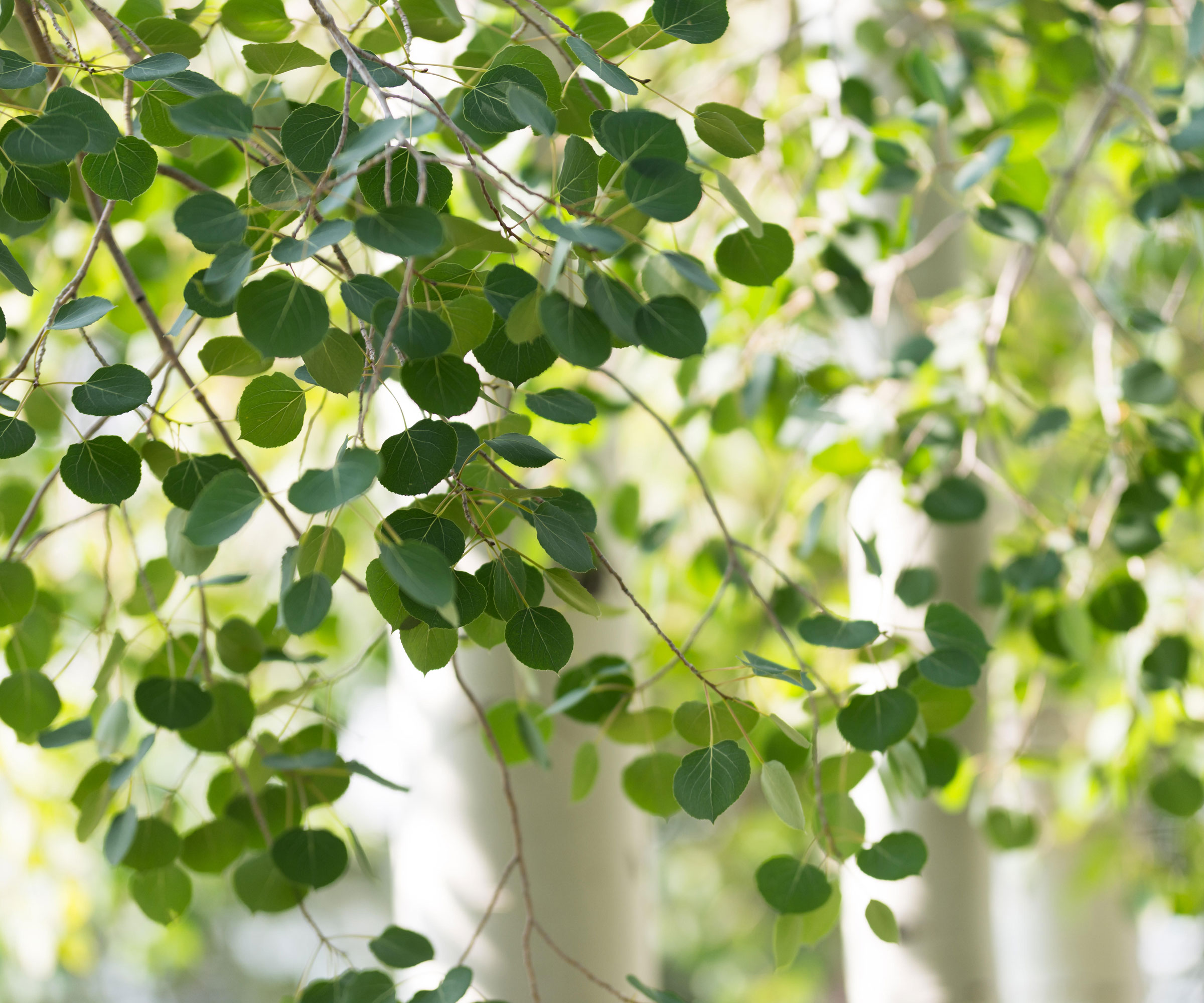
Once you are 30 ft. beyond the house, that’s when you can start planting taller trees that would look similar to a traditional landscape planting. But again, since we’re talking about firescaping, Munts recommends taking a few precautions.
‘If you have a lot of trees on your property, and this goes for deciduous trees but also particularly for evergreens, you need to limb those trees up to about 12 feet,’ Munts advises.
‘This is so the fire can't up to those branches.’ Munts explains that a plant that is burning will create a flame about twice as tall.
For instance, a 1 ft. tall plant that catches fire will create a 2 ft. tall flame. Having a tree’s first set of limbs start at 12 ft. tall means there’s less of a chance for them to catch fire is something is burning below them.
Also necessary, according to Munts, is to thin out thick stands of tall shrubs and trees to slow down the fire.
6. Planting so-called ladder fuels
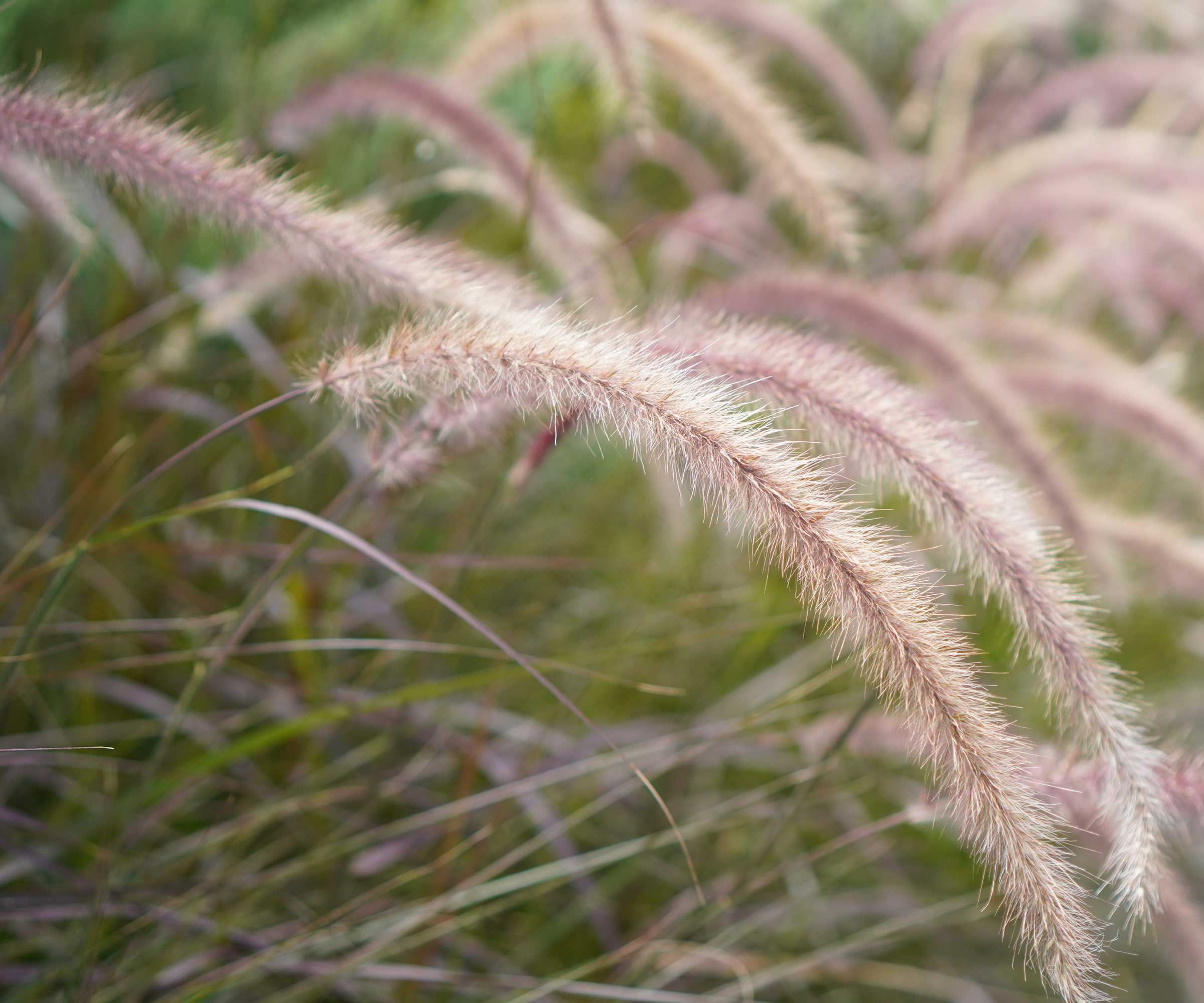
Komancheck, who has interviewed experts on the topic of firescaping, takes to heart what Colorado State University Extension Horticulture Specialist Linda Langelo recommended to her about how common planting schemes can spread a fire.
‘Linda says you may think about your landscape as, ‘Oh, I'll have a small ornamental grass here, and then a shrub, and then this tree, it’ll be lovely.’
But Linda says by the time the grass is on fire, it’ll catch the shrub on fire, and the intensity of the heat will catch the tree on fire. She says to be careful how you're arranging your plants,’ Wendy says.
‘People who are in wildfire-prone areas need to accept the fact that their climate is not designed to handle landscape plantings that may look more at home on the East Coast.’
7. Removing your lawn
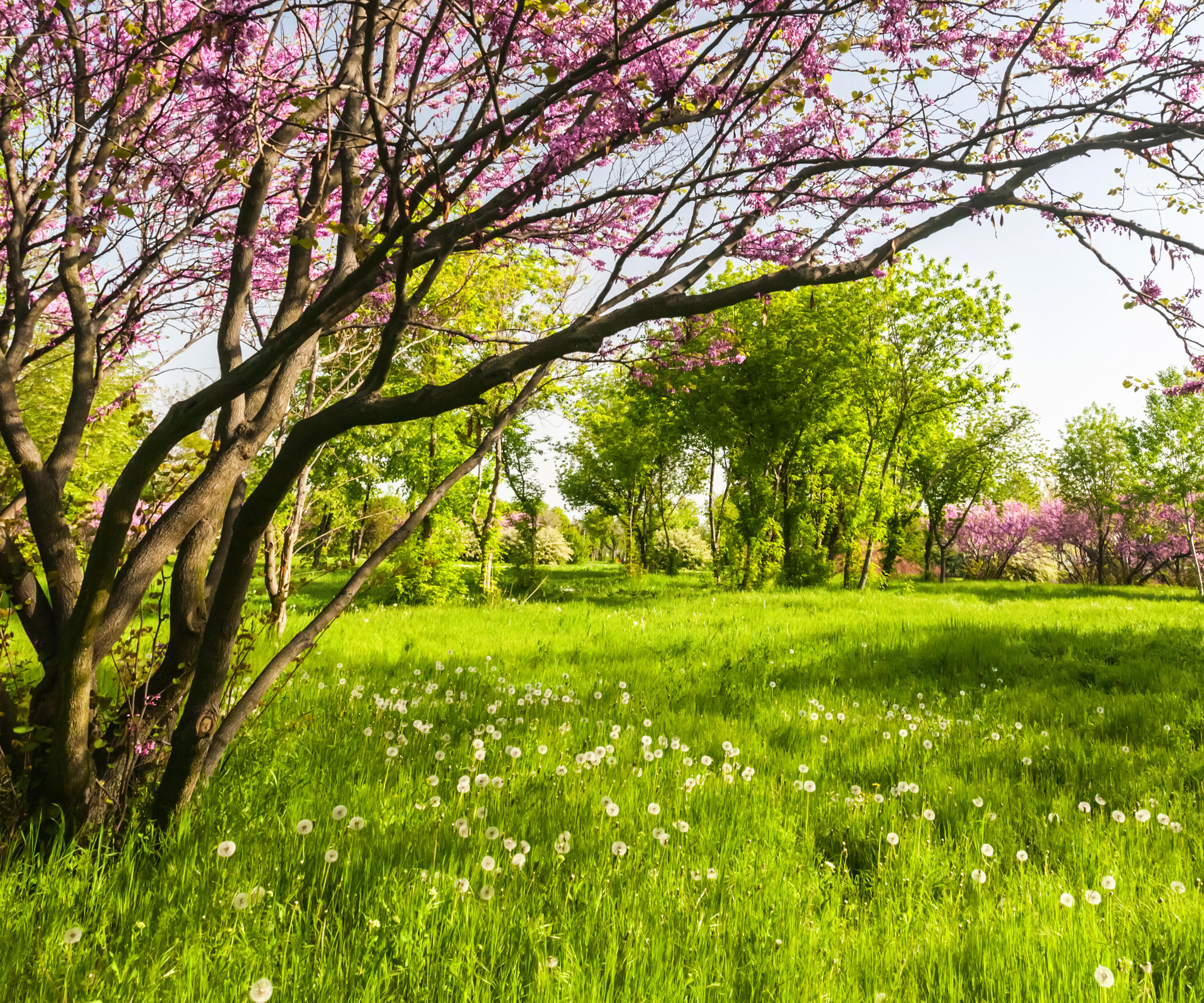
Munts points out that one popular landscaping trend may actually end up being detrimental for homes in a fire-prone region, and that is the trend of removing lawns.
‘Lawn is a really good fire break if it’s maintained,’ she says. ‘If you live in an area that's prone to fire and you have a lot of dense and not maintained trees and shrubs, then if you keep a lawn of about 20 ft. and mow and water it regularly, you're putting yourself in a better position.'
FAQs
What is firescaping and how does it help protect my home?
Firescaping is a landscape design approach that uses fire-resistant plants, hardscaping and mindful spacing to slow or stop the spread of wildfire. It creates defensible space around your home, reducing fuel and giving firefighters a safer area to work in.
How can I beautify the barrenness of Zone 1?
Munts suggests creating designs with pavers and rock mulch using differ material sizes and colors. Run with the idea of creating a dry “stream” using meandering pavers and a waving pattern of dark rock stones to mimic a real stream.
Functional and decorative rocks and gravel are available at Walmart.
Komancheck leaves us with an important reminder for those living with the risk of wildfires: ‘Don't feel like you're secure by having drought tolerant plants around your home,’ she says. Consider their placement and density, and be ever vigilant as to their potential to become fuel.
Many ideas that are prevalent in desert landscape design can be used in firescaping. You can find inspiration in our guide to desert landscaping ideas, including stone and gravel mulches, incorporating large boulders and a listing of drought-tolerant plants.

Ellen Wells is a horticultural communications consultant with 30 years experience writing about all aspects of the gardening world, and for GardeningKnowHow.com since 2024. She specializes in retail horticulture, vegetable gardening and tropical plants. Ellen is based in southern New England where she gardens in zone 7a.
You must confirm your public display name before commenting
Please logout and then login again, you will then be prompted to enter your display name.